What are High Arches?
High arches (also known as cavus foot or pes cavus) are where your arch is arched higher than normal. It’s the opposite of flat feet, much less common and much more problematic. High arches place more strain and pressure on your metatarsal area (the part of your foot between the ankle and the toes.
It can also put excessive pressure on the heel of your foot, and can happen to anyone at any age on either your left or right foot
What are the Symptoms of High Arches?
In terms of visual symptoms, your foot would appear shorter but taller because of the extra arch. This makes it difficult to find shoes that fit. There’s an easy test you can do at home to see if you have a high arch:
- Wet the bottom of your feet. Ensure that the entirety of the bottom of your foot is wet.
- Step one or both of your feet onto a normally dry surface such as a newspaper or a pavement.
- If you cannot see the middle part of your foot (where the arch is) in the footprint, then there is a chance you have a high arch.
High arches can also cause foot pain when walking and standing, and can cause calluses to develop on the ball, side and heel of your foot because of the excess pressure and force they have to take.
A high arch can also cause some lesser toe deformities such as hammer toes or claw toes to develop.
What are the Causes of High Arches?
Most of the time, high arches are simply caused by genetic factors — if a parent suffers from high arches then the chance that a child will also suffer is raised. Other factors that can contribute to high arches include bone and nerve conditions like polio or cerebral palsy. In some cases it can also be caused by a stroke or from an inherited structural abnormality.
The cause of a high arch tends to dictate the course it takes. If it is caused by nerve condition then it is likely to worsen; however, if the high arch is not caused by this then it usually does not change. Be sure to visit a foot specialist if you feel you have an issue with your arches.
How Can Shoe Insoles help with High Arches?
One of the ways a shoe insole can help with a high arch is that it can give the arch the protection and support it needs, which can reduce the pain high arches can cause.
Another way a shoe insole can help with high arches is by reliving the pressure high arches can put on your foot. Along with helping to reduce the pain, by cushioning the pressure areas this can also help reduce the chance of corns an calluses developing on the balls and heel of your foot.
If you are interested in getting some shoe insoles to help with high arches, head on over to Shoe Insoles and check out our range of Shoe Insoles for High Arches.
Pedag Viva High Insoles
Steeper Motion Support High Arch Insoles for Women
Superfeet Copper All-Purpose Memory Foam Support Low Arch Insoles




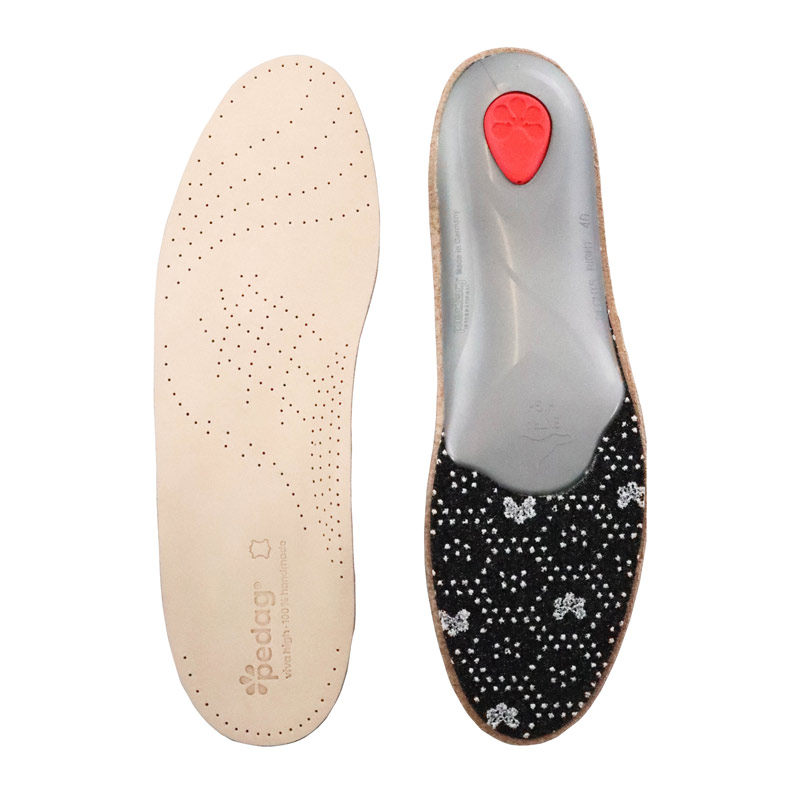
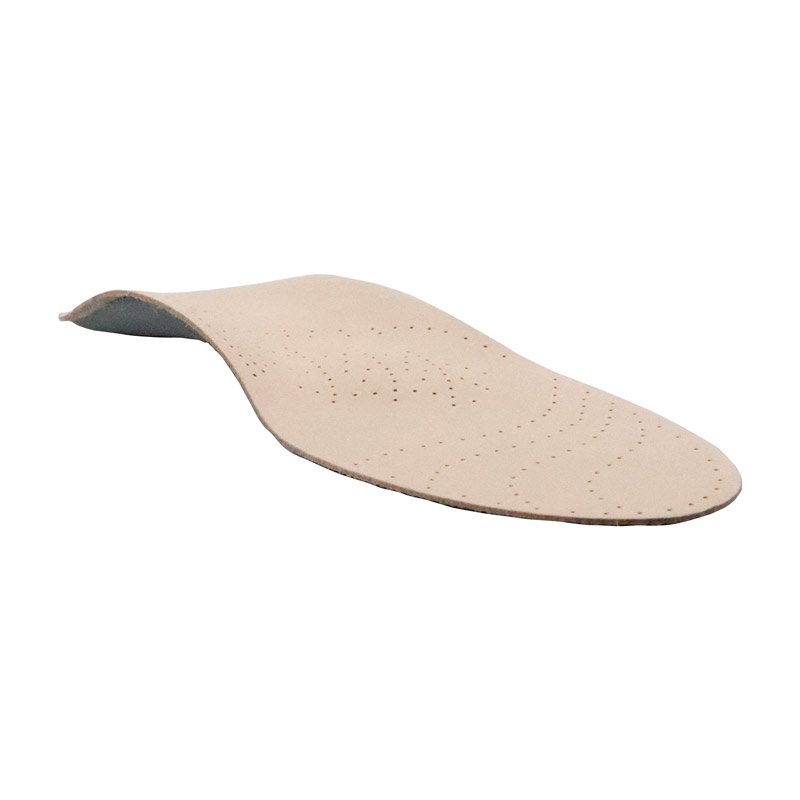
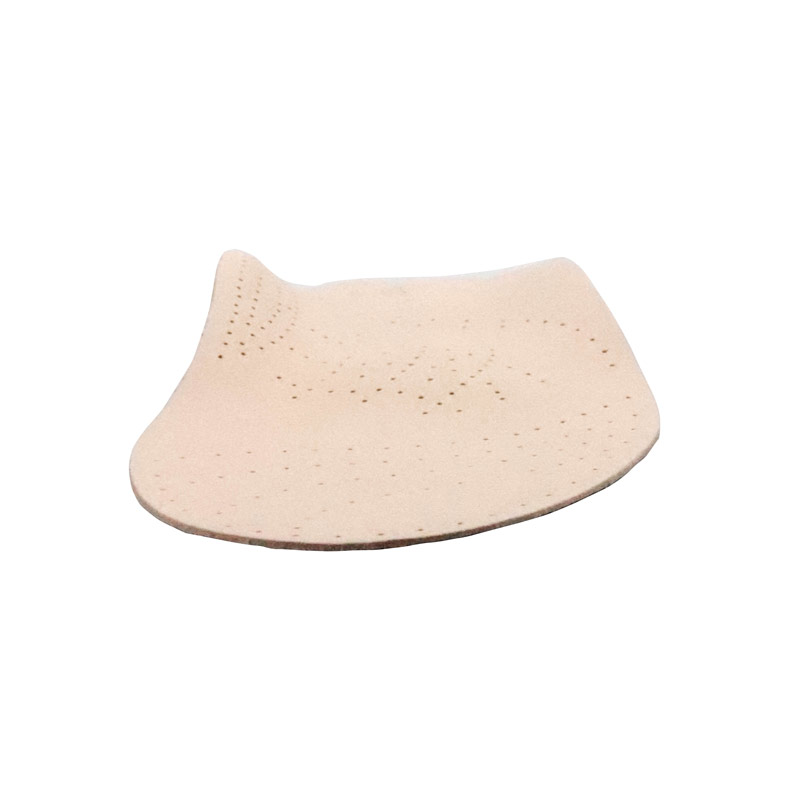
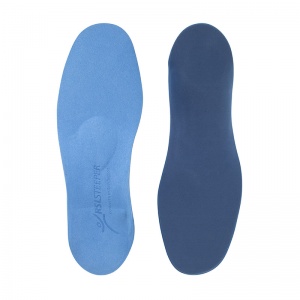
.jpg)
.jpg)
.jpg)
.jpg)
.jpg)
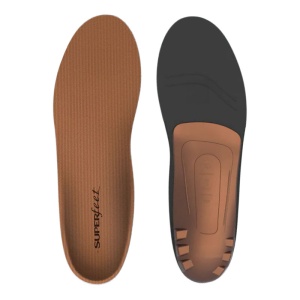
.jpg)
.jpg)
.jpg)
.jpg)
I am looking for insoles that can fit in dress shoes and still have excellent cushioning around the foot pad. Also in the heel area. They have to be thinish.